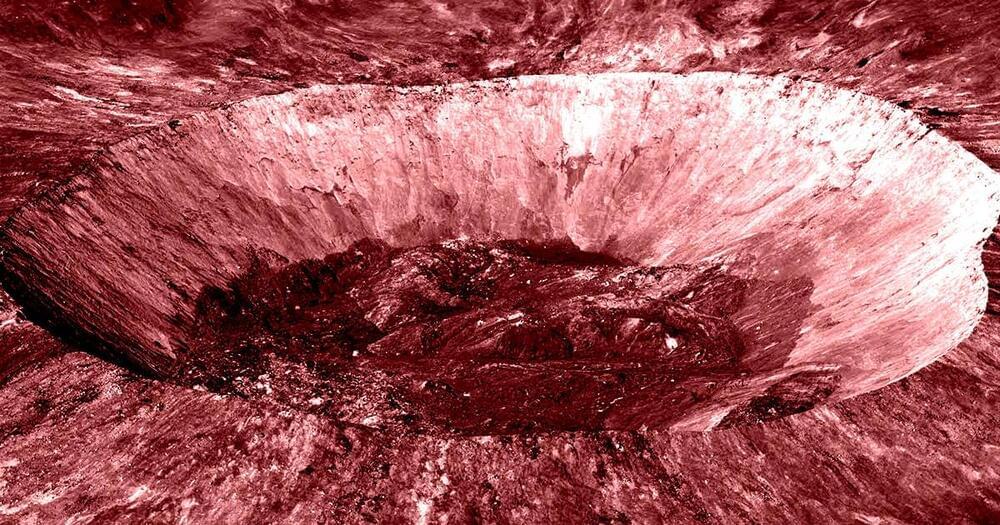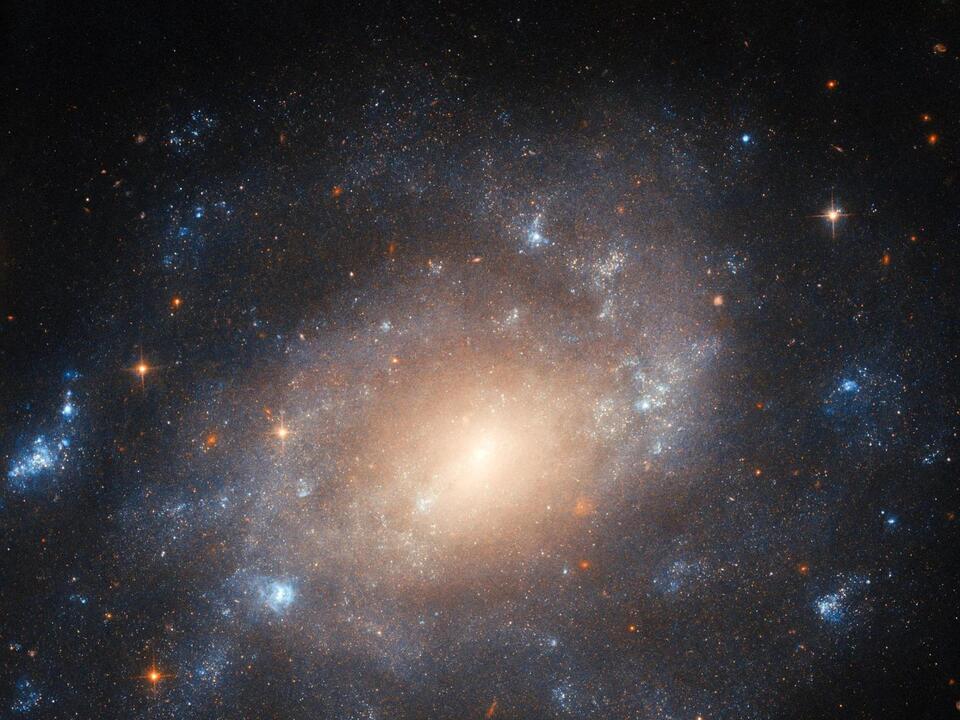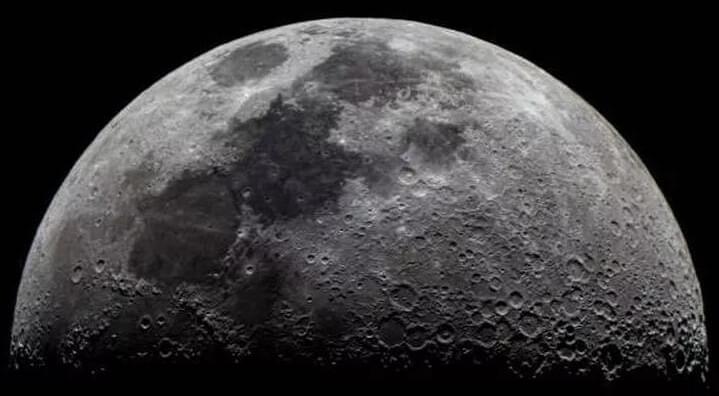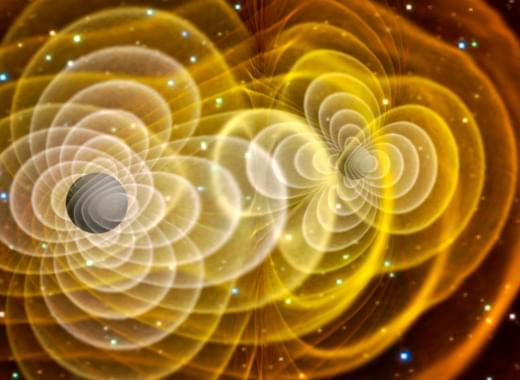A team of astronomers believes the near-Earth asteroid Kamo’oalewa, a space rock between 130 and 328 feet in diameter, was once part of the Moon.
More specifically, a research team led by Tsinghua University astronomer Yifei Jiao suggests the rock was gouged from a geological feature on the far side of the Moon called the Giordano Bruno crater, named after a 16th-century Italian cosmological theorist.
“We have explored the processes for impact-induced lunar fragments migrating into Earth co-orbital space and presented support for Kamo’oalewa’s possible origin from the formation of the Giordano Bruno crater a few million years ago,” the researchers write in their paper published in the journal Nature Astronomy last week.









